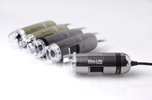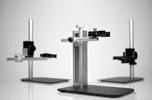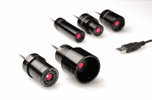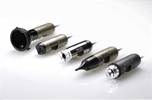Dino-Lite indispensable for fieldwork
More and more scientists that do research in the field cannot function without their Dino-Lite digital microscope. An early user is Michele Hayeur Smith, an anthropological archaeologist at the Haffenreffer Museum of Anthropology at Brown University in Providence, Rhode Island, USA. She often travels to do her research in museums and at archaeological sites. Michèle is researching archaeological textiles from Norse societies of the North Atlantic, such as Iceland, and Greenland. "The Dino-Lite is especially ideal for my field research", she says.
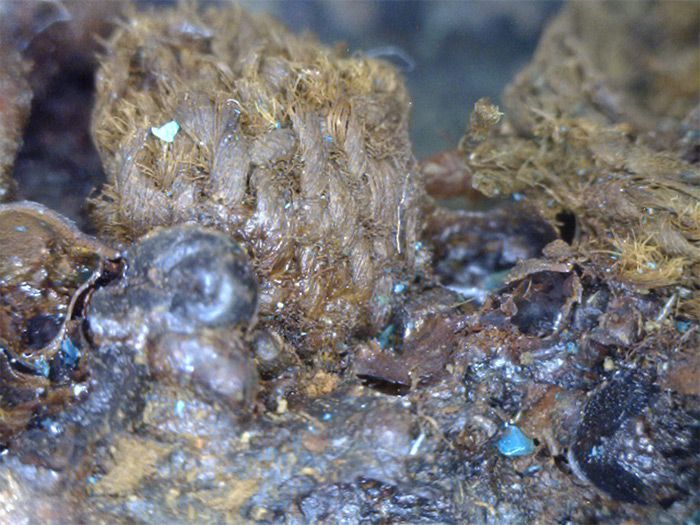
Michèle is studying Viking Age and medieval textiles from Norse societies. Her research would not be possible without a Dino-Lite microscope: "The aim of my research is to understand the roles of women in Norse societies of the North Atlantic by looking at an activity exclusively carried out by women: textile production. In Iceland, for example, it has become very clear that textiles were used as a form of legal currency during the medieval period, when fish and wool were traded for goods that were not available in Iceland. In Greenland my analysis of textiles has shown that women were modifying traditional weaving techniques to adapt to the increasing cooling climates of the 14th century.
Details
Michèle’s research has taken her far from home. She has visited the National Museum of Iceland, Greenland Museum and Archives, the National Museum of Denmark and the National Museum of Scotland, and the Bergen Museum. 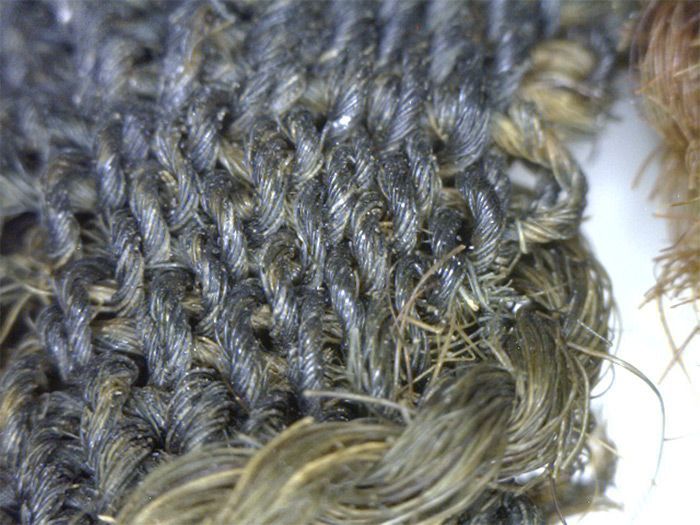 Both time and budget are issues with any scientific research project, thus, she is very happy with Dino-Lite considering the price of the instrument, its performance and the ease with which one can use the digital microscope: "I analyze the textile, both with and without the Dino-Lite. The Dino-Lite allows me to see microscopic detail of wools, silks or linens, to see how the fibers were spun, how they were woven and whether they were contaminated with insects or not. Usually I place the Dino-Lite directly on the textile fragment, and as a result rarely make use of the stand. The direct placement gives me maximum visibility, and I can use the maximum magnification so that I can study the structure of the fabric to the smallest detail. The images are stored on my computer linked to specific folders from the research sites. In Iceland I have already analyzed textile material with my Dino-Lite from 36 sites. All other information is incorporated into an Excel spreadsheet to help me find similarities and patterns in the way the fabric was made. This can tell us something about the trade in textiles, the use of raw materials and other important social issues."
Both time and budget are issues with any scientific research project, thus, she is very happy with Dino-Lite considering the price of the instrument, its performance and the ease with which one can use the digital microscope: "I analyze the textile, both with and without the Dino-Lite. The Dino-Lite allows me to see microscopic detail of wools, silks or linens, to see how the fibers were spun, how they were woven and whether they were contaminated with insects or not. Usually I place the Dino-Lite directly on the textile fragment, and as a result rarely make use of the stand. The direct placement gives me maximum visibility, and I can use the maximum magnification so that I can study the structure of the fabric to the smallest detail. The images are stored on my computer linked to specific folders from the research sites. In Iceland I have already analyzed textile material with my Dino-Lite from 36 sites. All other information is incorporated into an Excel spreadsheet to help me find similarities and patterns in the way the fabric was made. This can tell us something about the trade in textiles, the use of raw materials and other important social issues."
Affordable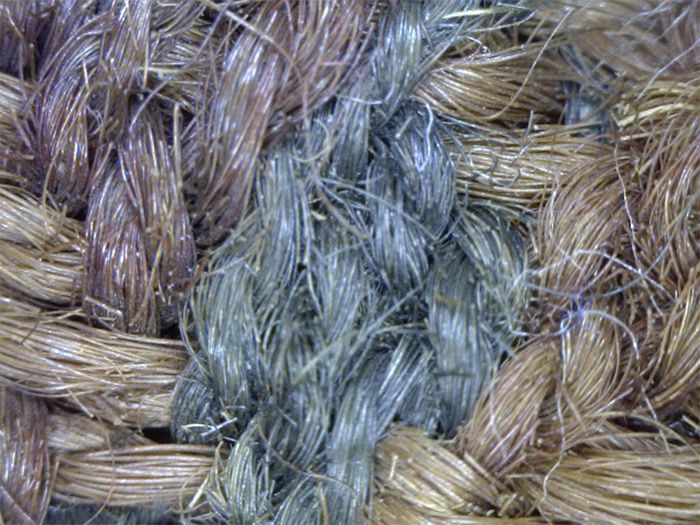
The handy size of the Dino-Lite is convenient for Michèle’s research and travel requirements, "I just take it in my luggage. Do I have any suggestions for improvement? Yes, I would like to have one of the models that magnifies even more to see more detail!" Michèle’s enthusiasm has already encouraged the National Museum of Iceland and some of her students to purchase a Dino-Lite. "Given the options, it is a very affordable instrument. In addition, the microscope is handy and easy to use which is very pleasant considering the itinerant nature of my work. I can recommend Dino-Lite to every researcher needing microscopy in the field."
 English
English  Français (French)
Français (French)  Deutsch (German)
Deutsch (German)  Español (Spanish)
Español (Spanish)  Nederlands (Dutch)
Nederlands (Dutch)  Italiano (Italian)
Italiano (Italian)  Dansk/Norsk
Dansk/Norsk  Svenska (Swedish)
Svenska (Swedish)  Polski (Polish)
Polski (Polish)  Čeština (Czech)
Čeština (Czech)  Türkçe (Turkish)
Türkçe (Turkish)  Русский (Russian)
Русский (Russian)  Arabic (اللغة العربية)
Arabic (اللغة العربية) 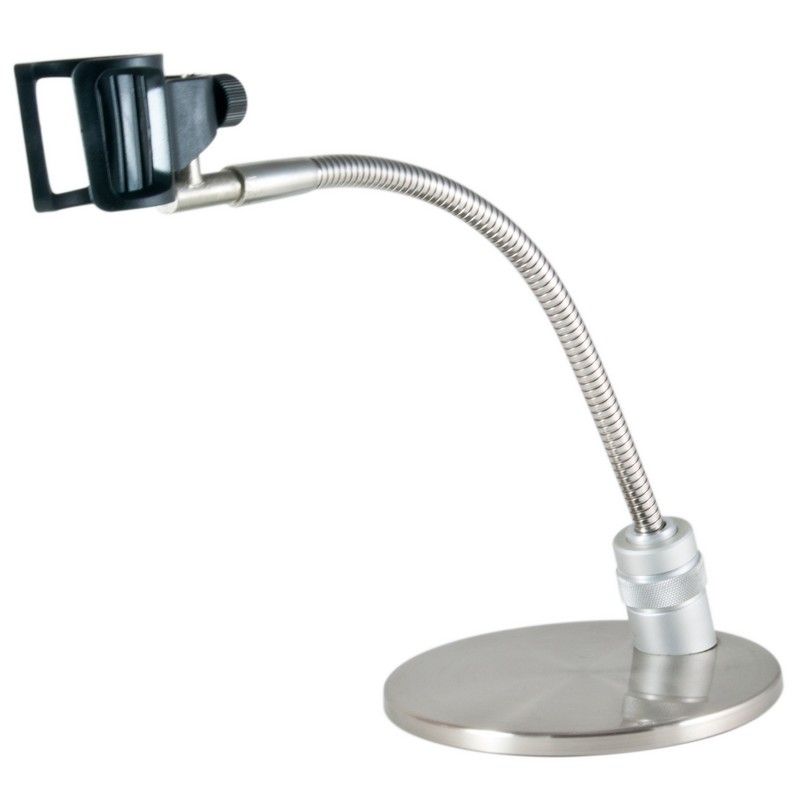 Round metal base with flexible arm and holder for the Dino-Lite. The MS33W has the possiblility to vary the height (appr. 15 mm) with a turning knob in the base.
Round metal base with flexible arm and holder for the Dino-Lite. The MS33W has the possiblility to vary the height (appr. 15 mm) with a turning knob in the base.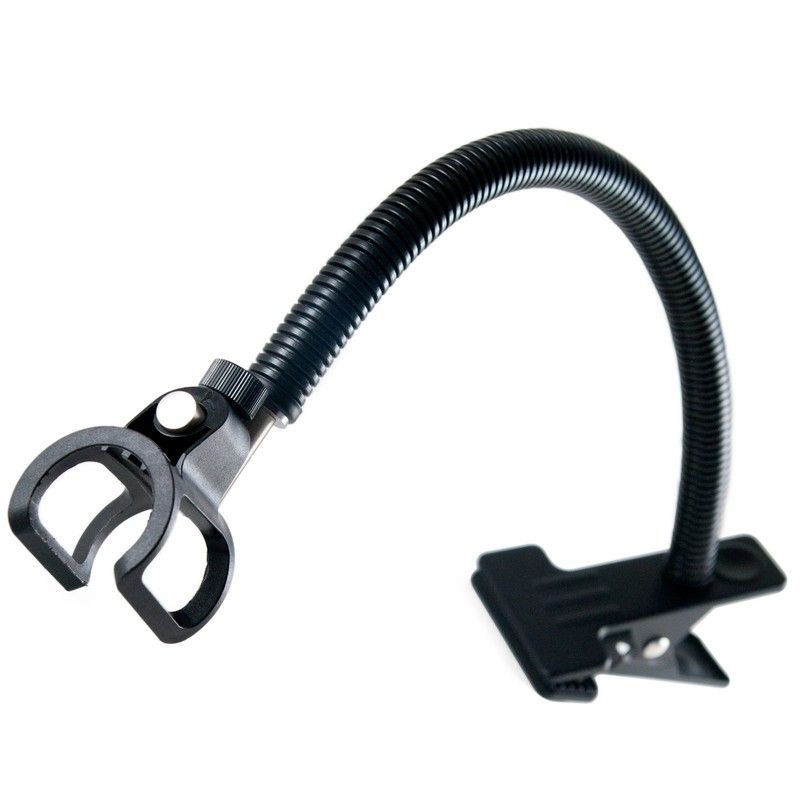 The MS23B is a desktop clamp with flexible gooseneck that can be clamped to a desktop or any other surface of up to 3cm thick.
The MS23B is a desktop clamp with flexible gooseneck that can be clamped to a desktop or any other surface of up to 3cm thick.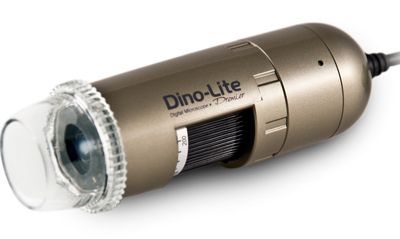 By using a special polarization filter, the AM4113ZT is the right choice when working with high glare materials such as plastics and metals.
By using a special polarization filter, the AM4113ZT is the right choice when working with high glare materials such as plastics and metals.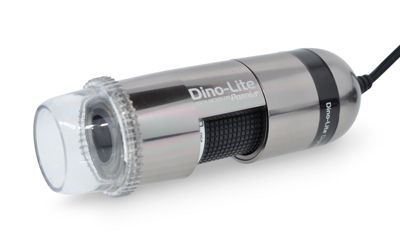 The Dino-Lite AM7013MZT has a 5 megapixel sensor for crystal clear images, even under higher magnification. The built-in adjustable polarizer reduces glare and reflection on shiny objects.
The Dino-Lite AM7013MZT has a 5 megapixel sensor for crystal clear images, even under higher magnification. The built-in adjustable polarizer reduces glare and reflection on shiny objects.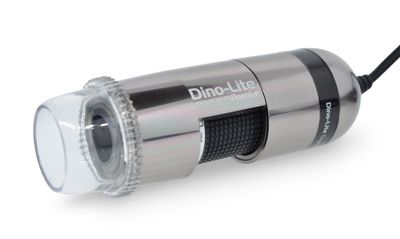 By using a special polarization filter, the AM4013MZTL is the right choice when working with high glare materials such as plastics and metals. This model features an aluminum alloy housing for enhanced protection and durability and the best look and feel.
By using a special polarization filter, the AM4013MZTL is the right choice when working with high glare materials such as plastics and metals. This model features an aluminum alloy housing for enhanced protection and durability and the best look and feel.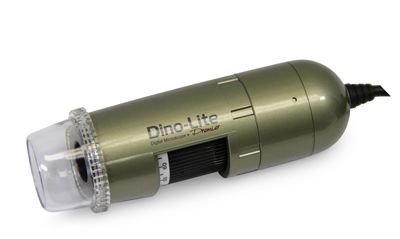 By using a special polarization filter, the AM4113ZTL is the right choice when working with high glare materials such as plastics and metals.
By using a special polarization filter, the AM4113ZTL is the right choice when working with high glare materials such as plastics and metals.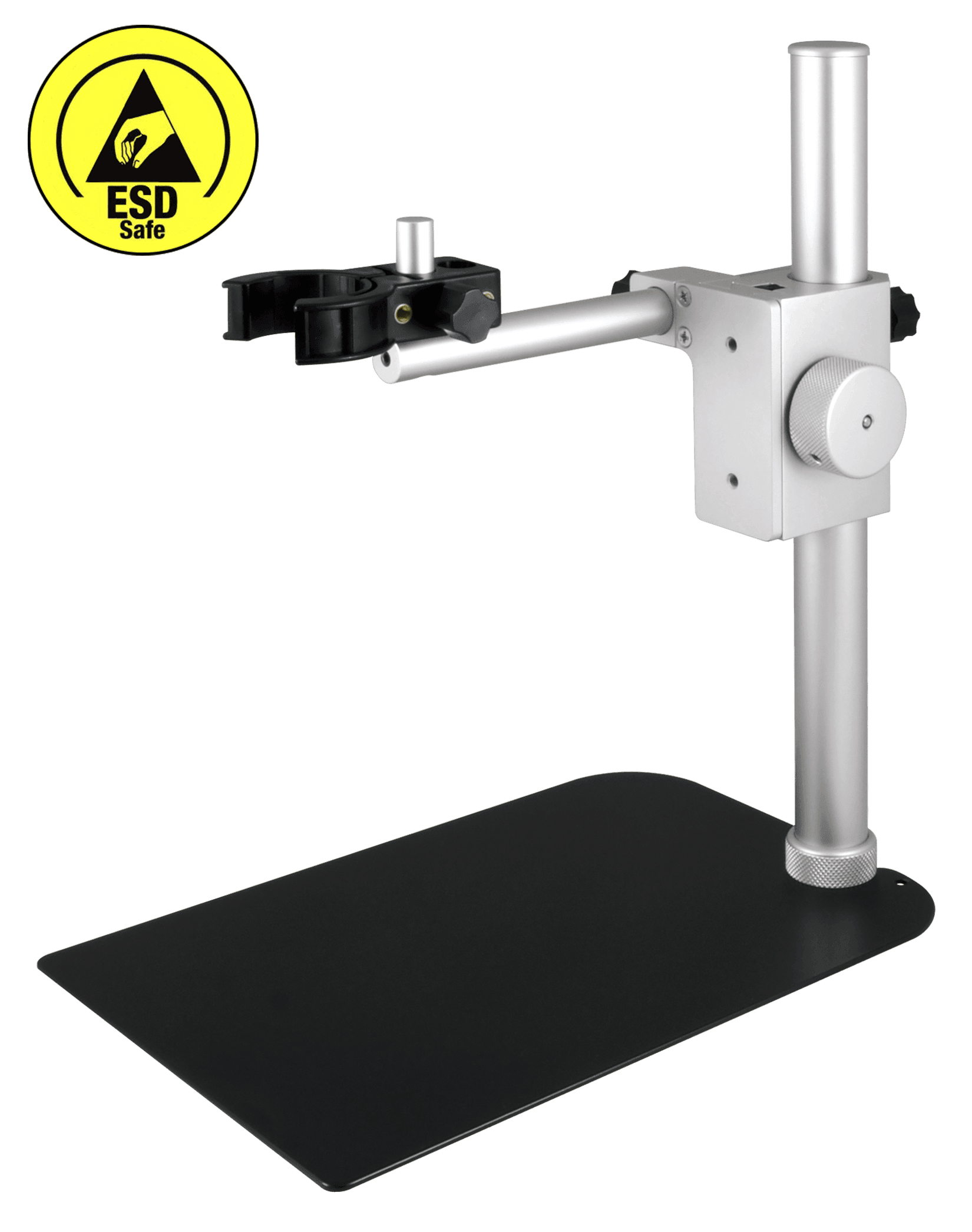 The Dino-Lite RK-06-AE stand is a sturdy and stable mid-range stand solution that can be used with all Dino-Lite digital microscopes. It is constructed of stainless steel and lightweight aluminum and offers precise fine-focus adjustment as well as a quick vertical release function.
The Dino-Lite RK-06-AE stand is a sturdy and stable mid-range stand solution that can be used with all Dino-Lite digital microscopes. It is constructed of stainless steel and lightweight aluminum and offers precise fine-focus adjustment as well as a quick vertical release function.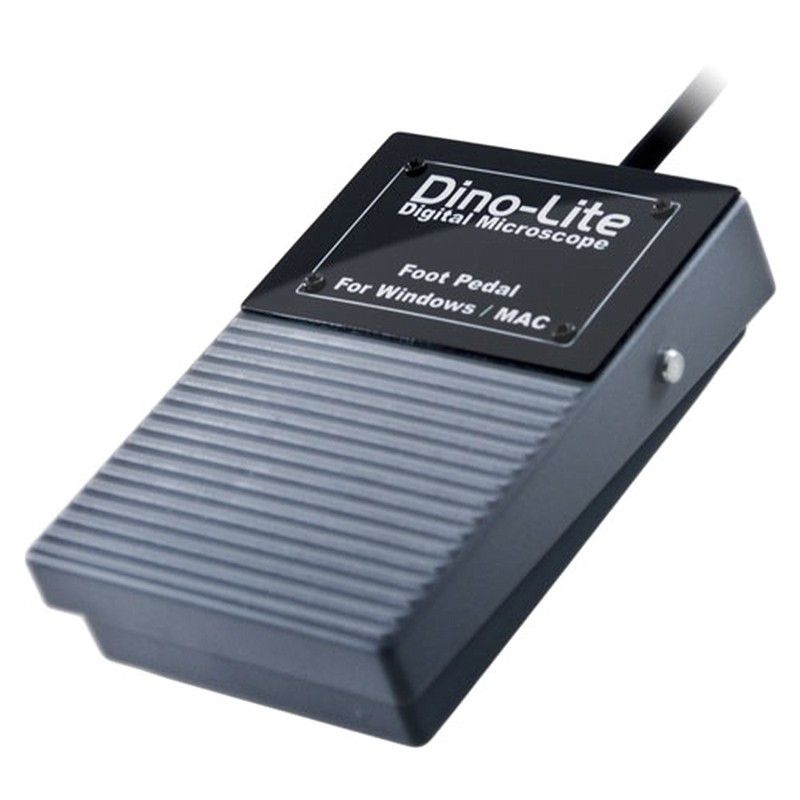
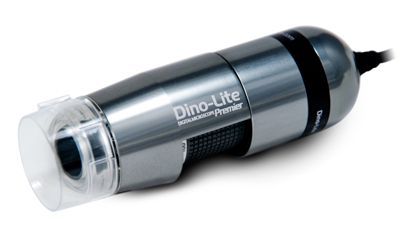 The Dino-Lite AD7013MZT has a 5 megapixel sensor for crystal clear images, even under higher magnification. The built-in polarizer reduces the shiny effect on reflecting materials, such as metals, plastics, jewelry, electronics etc.
The Dino-Lite AD7013MZT has a 5 megapixel sensor for crystal clear images, even under higher magnification. The built-in polarizer reduces the shiny effect on reflecting materials, such as metals, plastics, jewelry, electronics etc.